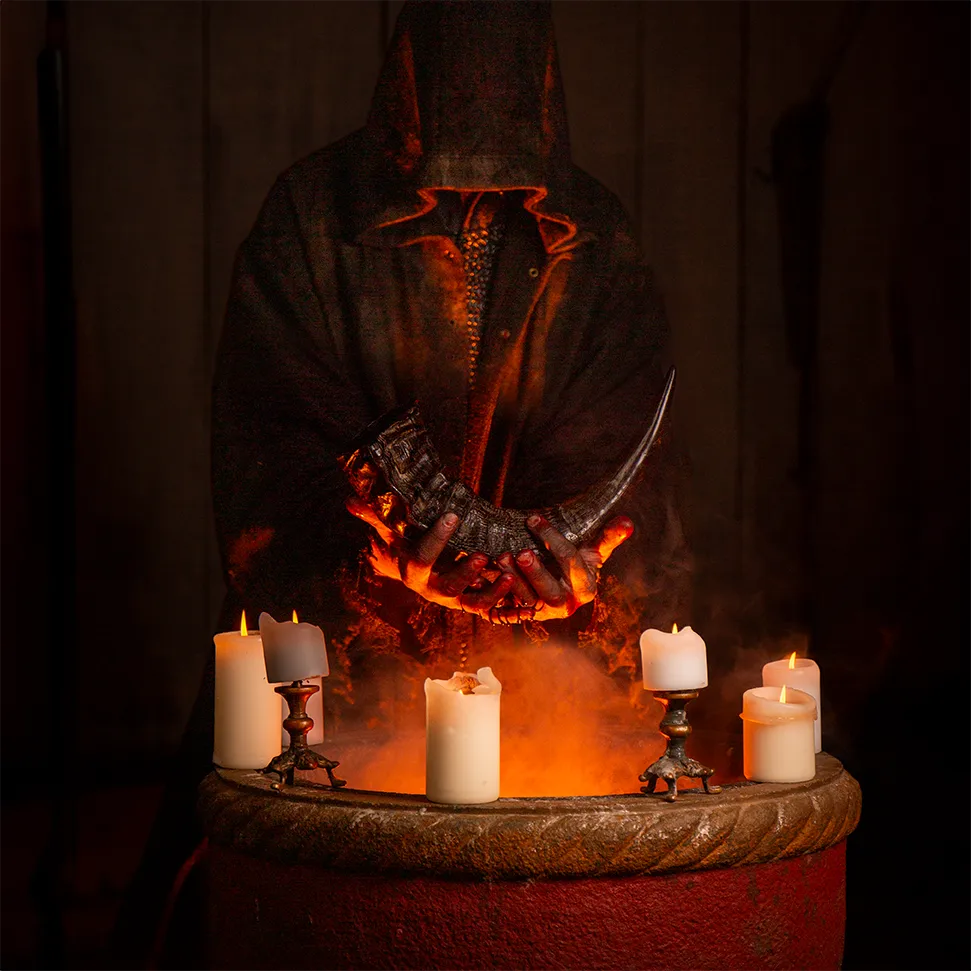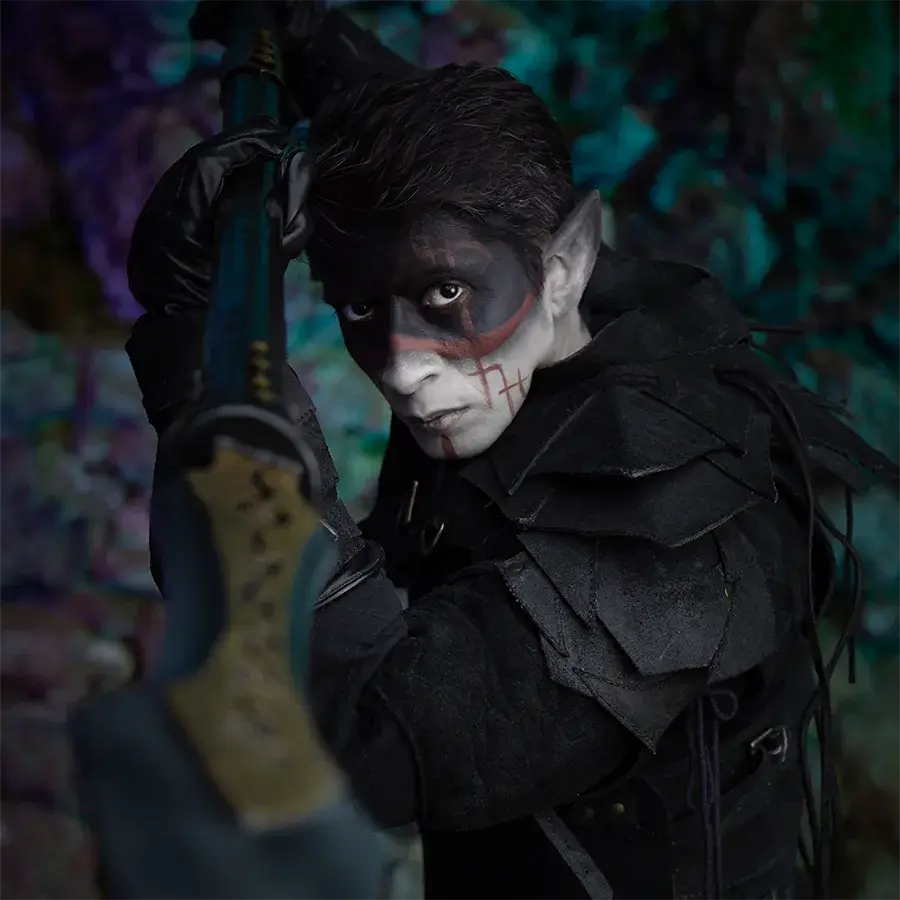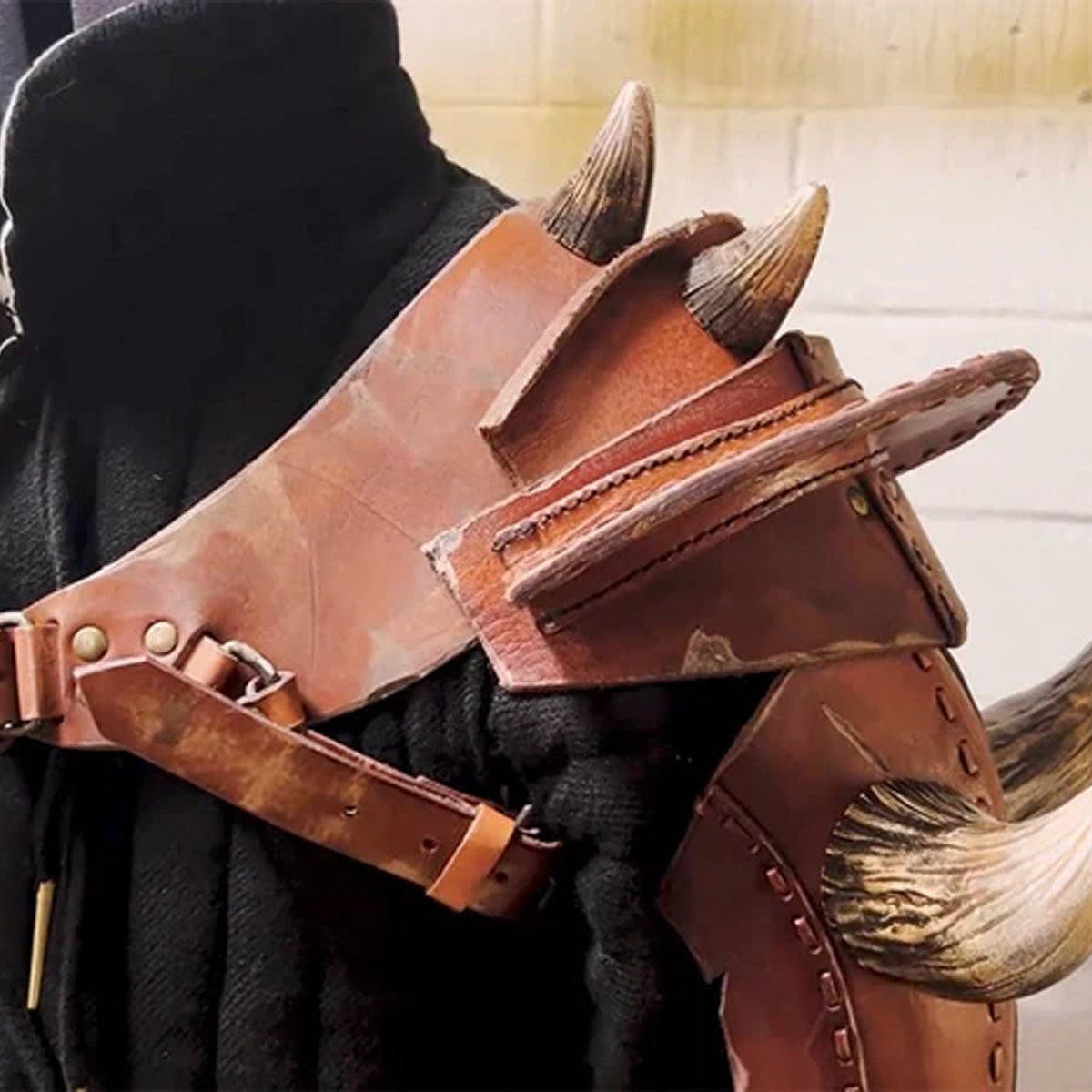CREATING & PORTRAYING SHADY CHARACTERS
Delve into the shadows of role-playing games by mastering the art of portraying morally ambiguous characters. Characters with morally grey hues often captivate and intrigue us the most. Whether in a Dungeons & Dragons campaign, a live-action role-play, or a Renaissance Faire, characters such as assassins, rogues, and cultists bring depth and complexity to any narrative. Understanding the 'why' behind their choices is crucial in crafting a real and engaging character.

Exploring Motivations
Why does a character choose the path of shadows? Often, past experiences and personal ethos dictate their actions. A character might be driven by vengeance against those who wronged them or their loved ones. This vendetta fuels their actions, making their moral deviations more relatable. For example, a rogue who prefers their own moral code over the law may have witnessed corruption and injustice, leading them to distrust authority.
Consider Han Solo from Star Wars, whose smuggler's life stems from a need to survive in a galaxy ruled by oppressive forces. His choices are driven by cynicism, a need for independence, and a strong moral compass regarding friends and causes he believes in. This complexity makes him relatable, and his dubious actions are rooted in a personal framework of right and wrong.
The allure of shady characters often lies in their intricate backstories and moral paradoxes. To effectively play such characters, it's essential to construct a detailed psychological profile that explains their actions and choices. Why does a seemingly ruthless assassin spare some lives yet take others easily? This exploration transforms acts of thievery or betrayal into complex decisions that impact the character's development and the story's progression.
Players can portray their characters with more authenticity and emotional resonance by questioning and understanding the "why" behind their motivations.

Shady Character Archetypes
- Assassins: Silent and deadly, assassins are the masters of the unseen kill. Playing an assassin involves a deep understanding of stealth, poison use, and the precise moment to strike. Their motives can range from cold monetary gain to a personal vendetta, providing a rich narrative ground.
- Rogues: Charismatic and cunning, rogues excel in manipulation and theft. They often rely on their wits and agility to navigate tricky social and physical landscapes, making them ideal for players who enjoy a mix of combat and diplomacy.
- Cultists: Mysterious and often driven by arcane knowledge, cultists engage in forbidden practices and serve darker powers. This role is perfect for those who relish exploring the darker corners of magic and influence within narrative-driven gameplay.

Effective Portrayal
- Psychological complexity: understand the psychology behind deceit and moral flexibility. What drives your character to live in the shadows? Is it survival, power, revenge, or perhaps a twisted sense of justice?
- Strategic interaction: master the art of maintaining secrets and leveraging information. Learn when to reveal or withhold information for maximum impact on the game’s narrative and your character’s goals.
- Moral ambiguity: engage with the ethical dilemmas of playing a shady and morally grey character. How does your character justify their actions?
Costumes contrary to the character
Creating contrast between a character's appearance and internal morality enriches narrative development and character dynamics in role-playing settings.
Take a character who looks like a villain—dark, ominous, marked by symbols of power—yet consistently pursues justice and virtue. This contradiction creates complex interactions and explores themes of prejudice and redemption. How do others reconcile their initial mistrust with the character’s virtuous deeds? This dynamic influences relationships and standing within the story.
Engaging with characters who embody contradictions between appearance and morality deepens the mystery. It encourages exploration of ethics, perception, and identity, adding depth to role-playing design and character development.
The right materials
Leather and suede: opt for materials that minimise noise, such as soft leathers and suedes. These materials allow for silent movement, essential for sneaking and stealth.
Flexible fabrics: incorporate fabrics that offer ease of movement. Materials like flexible cotton blends, soft wool, or stretchable synthetics can increase comfort and mobility during gameplay.
Colour palette & accessories
Dark, muted tones: select colours that blend into your environment or signify your secretive nature, such as black, deep greys, dark blues and greens, and earth tones.
Hide part of your face: utilize accessories like masks, hoods or helmets to add an element of mystery with concealment. These items can also serve functional roles by hiding your identity or facial expressions during strategic interactions.
Functionality & aesthetics
Hidden pockets: customize your costume with hidden pockets or compartments for safely storing tools, weapons, or stolen items. Making items appear and disappear swiftly adds an element of surprise and skillful stealth.
Layering: consider layering your costume to adjust to different environments or change your appearance quickly. Layers also add depth and complexity to your character’s visual presentation.


